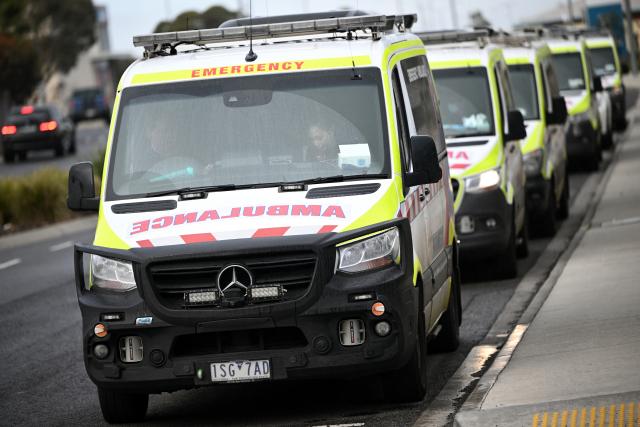
Liam McNally
Ambulance wait times for Melton and Moorabool have fallen this year, but are still longer than the statewide target.
Ambulance Victoria has a target of responding to 85 per cent of code one incidents in Victoria within 15 minutes. Ambulance Victoria defines code one cases as incidents requiring urgent paramedic and hospital care, based on information at the of call.
From January 1 to March 31, Moorabool’s average wait time was more than three minutes lower than it was from October to December last year.
However, for the 555 incidents in the March quarter there was still an average wait time of 18.12 minutes, and only 47.7 per cent met the 15-minute goal.
Melton had one of the biggest drops in average wait times in metropolitan Melbourne, with 11.5 per cent more incidents being attended to within the 15 minute goal time, however the average wait was still at 16.38 for the 2676 incidents.
The results are consistent with a statewide drop – 65.2 per cent of 92,413 incidents in the March quarter were responded to within 15 minutes, and the average wait time was 15.20.
In the previous quarter 60.2 per cent of 100,238 incidents were responded to within the goal time, and there was an average wait time of 16.44.
Out of the 79 local government areas in Victoria, 24 had average wait times under 15 minutes however none met the target of 85 per cent of wait times being under 15 minutes.
Ambulance Victoria metropolitan regional director Ian Hunt said ambulance performance improved thanks to reduced demand and fewer staff furloughed due to COVID-19.
“January to March saw ambulances called to 92,413 code one cases across Victoria, 7.8 per cent fewer ‘lights and sirens’ cases compared to the previous quarter, which was the busiest in our history with more than 100,000 cases,” he said.
“That’s 7,825 fewer cases, which provided some welcome relief to our hard-working paramedics who had faced rising demand during the pandemic.
“However, now is not the time to be complacent. We know demand is already rising again and will continue to do so as we head towards winter.”






